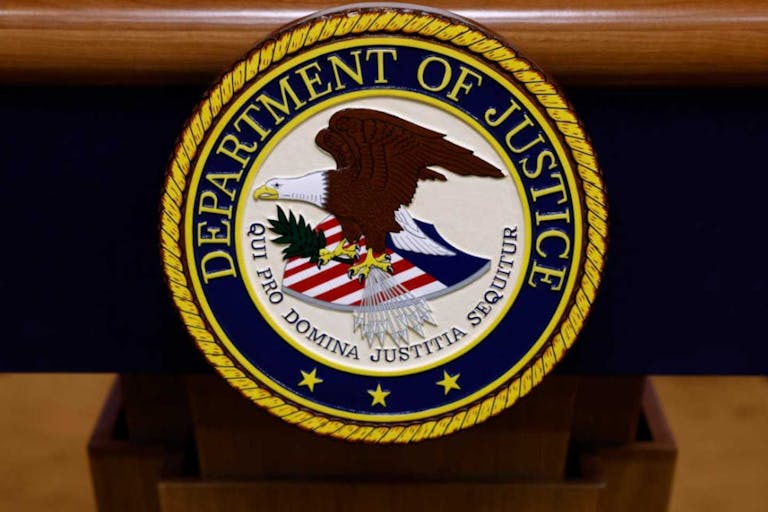
DOJ reverses Biden-era rule that allowed VA to commit abortions
Nancy Flanders
·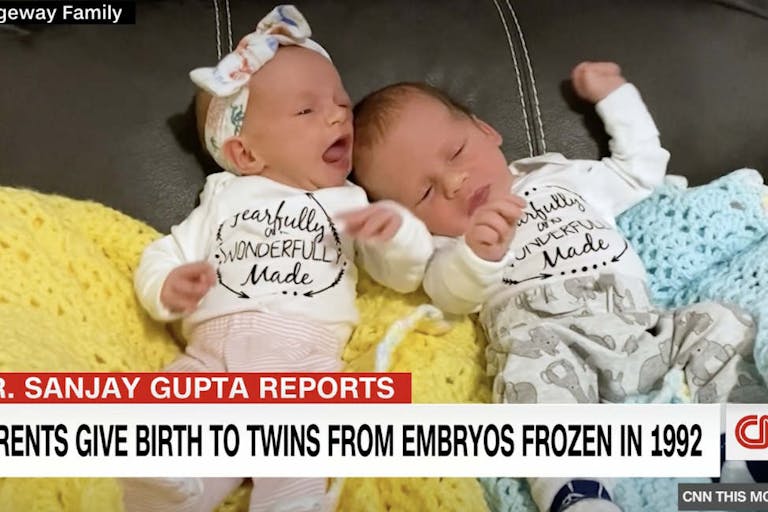
Human Interest·By Bridget Sielicki
Couple adopts and births embryos frozen for 30 years, setting new world record
An Oregon couple recently welcomed twins into their family, and the unique circumstances of the birth are making headlines. Lydia and Timothy Ridgeway began life as embryos created in 1992. Now, 30 years later, they have finally been born.
CNN reports that according to the National Embryo Donation Center (NEDC), the twins are the longest-known frozen embryos to ever result in a live birth.
“There is something mind-boggling about it,” Philip Ridgeway told CNN. “I was 5 years old when God gave life to Lydia and Timothy, and he’s been preserving that life ever since.” He added, “In a sense, they’re our oldest children, even though they’re our smallest children.”
The couple has four other children, and explained that their openness to life led them to embryo adoption. “We’ve never had in our minds a set number of children we’d like to have,” Philip said. “We’ve always thought we’ll have as many as God wants to give us, and … when we heard about embryo adoption, we thought that’s something we would like to do.”
As embryos, Lydia and Timothy were frozen in April 1992. As CNN describes, “they sat in storage on tiny straws kept in liquid nitrogen at nearly 200 degrees below zero, in a device that looks much like a propane tank.” In 2007, the couple who created the embryos donated them to the NEDC in Knoxville, Tennessee, where they hoped another couple might adopt them.
The Ridgeways said that when they were considering embryo adoption, they asked the NEDC for the “special cases” — those who, for whatever reason, had been hard to place previously.
Article continues below
Dear Reader,
In 2026, Live Action is heading straight where the battle is fiercest: college campuses.
We have a bold initiative to establish 100 Live Action campus chapters within the next year, and your partnership will make it a success!
Your support today will help train and equip young leaders, bring Live Action’s educational content into academic environments, host on-campus events and debates, and empower students to challenge the pro-abortion status quo with truth and compassion.
Invest in pro-life grassroots outreach and cultural formation with your DOUBLED year-end gift!
“We weren’t looking to get the embryos that have been frozen the longest in the world,” Philip said. “We just wanted the ones that had been waiting the longest.”
“Going into this, we knew that we could trust God to do whatever he had sovereignly planned and that their age really had no factor. It was just a matter of whether or not that was in God’s plans,” Rachel explained.
The couple shared that when they chose the embryos, five were thawed. Two didn’t make it, as there is about an 80% chance of success when thawing embryos. Doctors advised Rachel to transplant no more than two, since “multiples can cause problems in pregnancy,” but she refused to discard any of them.
“You just showed me a picture of my three children. I have to have them all,” she told the doctors. Ultimately, two of the transfers were successful, leading to the birth of the twins on October 31.
According to the NEDC, there are more than one million frozen embryos in the United States. Oftentimes, couples who feel that their family is “complete” face a quandary of what to do with these “excess” embryos. The NEDC is a non-profit organization that works to connect couples with the embryos.
“Thirty years ago, the living Christ gave these children life, and He has been sustaining that life ever since,” the Ridgeways said in a news release. “This is His story, and we are so thankful to him that in His providence, He is allowing us to be a part of it.”

Live Action News is pro-life news and commentary from a pro-life perspective.
Contact editor@liveaction.org for questions, corrections, or if you are seeking permission to reprint any Live Action News content.
Guest Articles: To submit a guest article to Live Action News, email editor@liveaction.org with an attached Word document of 800-1000 words. Please also attach any photos relevant to your submission if applicable. If your submission is accepted for publication, you will be notified within three weeks. Guest articles are not compensated (see our Open License Agreement). Thank you for your interest in Live Action News!

Nancy Flanders
·
Human Interest
Lisa Bast
·
Human Interest
Nancy Flanders
·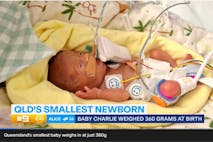
Human Interest
Melissa Manion
·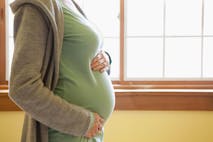
Guest Column
Unplanned Stories
·
Human Interest
Nancy Flanders
·
International
Bridget Sielicki
·
International
Bridget Sielicki
·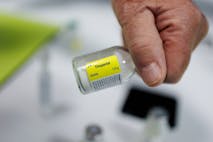
International
Bridget Sielicki
·
Human Rights
Bridget Sielicki
·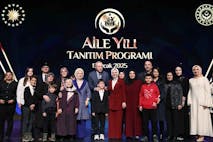
International
Bridget Sielicki
·